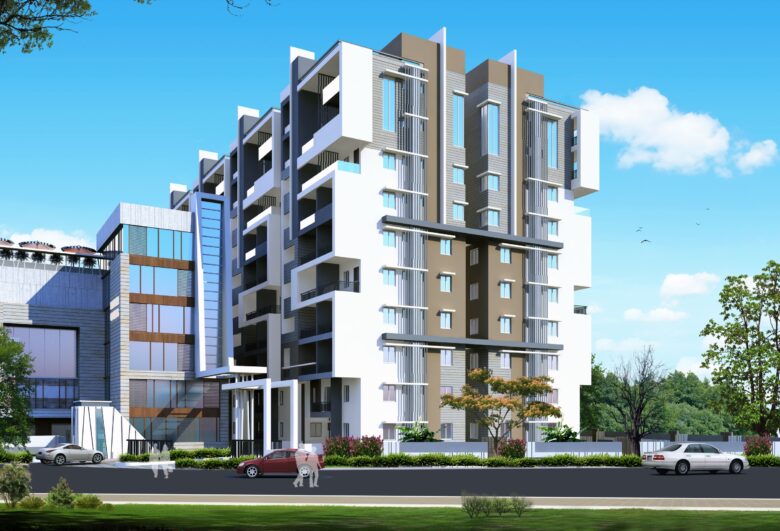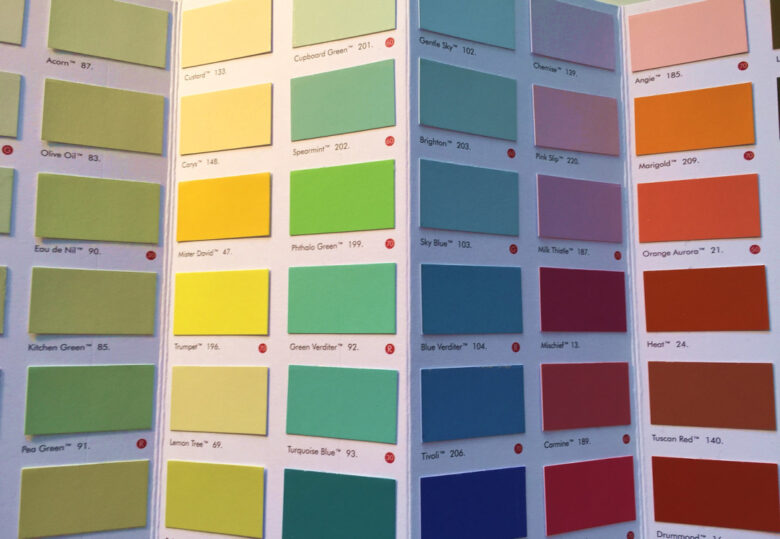When you think about it, exterior color is one of the most important aspects of a house or building. It’s not just a visual element; it affects how the building is perceived and how it behaves in the wind and rain. Let’s explore how it affects the energy efficiency of a house or building.
Contents
The research
Exterior color can have a significant impact on the energy efficiency of a home. In fact, colors can account for up to 30% of a home’s thermal energy loss, and as much as 50% of its acoustic energy loss, so it’s important to consult with a house painting service before making a choice.
The science behind exterior color is complex, but there are several factors that play into how it affects energy efficiency:
The first is light transmission. Certain hues transmit more light than others, which means they cast a larger shadow on the surface they’re covering. This casts a darker hue over the area and reduces its thermal efficiency by up to 30%.
The second is Reflectivity. Different colors reflect different amounts of light, which also affects how warm or cool they appear from the outside. The higher the reflectivity, the more light will be trapped inside and heat will be released. This increases the amount of solar radiation bouncing off the facade, contributing to thermal losses.
The third is Emissivity. Green and blue emit little or no heat in sunlight, whereas other colors like yellow and red release Warmth in sunlight. Homes with emissivity levels closer to 1 are less efficient than homes with lower emission levels (0-50).
There is growing evidence that exterior color can affect the energy efficiency of houses and buildings. A study conducted by researchers at Georgia State University found that darker tints tend to be more efficient than lighter ones, and green or blue roofs are particularly efficient. The study also showed that brick or stone exteriors are more efficient than other materials, and window extensions on the south side of a building are most effective in reducing energy use.

Source: ppdpainting.com
Which Colour is best for buildings?
It depends on a variety of factors, including the climate where you live and work. However, there are some general tips that can help keep your home or business more energy efficient.
When selecting colors, think about what will look best in your specific area and with your existing décor. You may want to stick to neutrals or earth tones if you live in an area with a lot of sunshine, while warmer colors can be more appealing in areas with colder climates. And don’t forget: white is always a good choice because it reflects heat and sunlight well.
Most common colors used for house and buildings exterior
When it comes to exterior colors for houses and buildings, there are a variety of choices that homeowners can make. While traditional colors like blue, green, and brown are still popular, many people are now opting for brighter hues in order to add a little bit of energy and life to their exterior spaces. Some of the most common tints used for house exteriors these days include yellow, orange, pink, purple, and light blue. Not only do they brighten up an area with little effort, but they can also help to create a more cohesive look when combined with other complementary colors.

Source: fontanarchitecture.com
Choosing the right hue for your home
Choosing the right exterior color for your home can have a big impact on its energy efficiency. When it comes to choosing an exterior color, keep these tips in mind:
- Choose a light or dark color. A dark exterior color is more likely to be more energy-efficient than those with a light exterior.
- Consider the climate where your home is located. In warmer climates, it might be advantageous to choose lighter colors that can reflect more heat. In colder climates, darker colors may be better because they can help keep homes warm in the wintertime.
- Make sure your chosen color coordinates with other elements of your home’s design. Hues that are too close together may create a jarring effect when viewed from a distance, so it’s important to consider how various colors will look together before making a decision.
- Pay attention to what type of window treatments you have installed in your home. Certain types of window treatments, such as curtains or shutters, can filter out certain wavelengths of light, which can affect how efficient your home is at absorbing sunlight and reducing energy consumption.
Making your home more Energy Efficient
Basics of exterior home energy efficiency
There are a few basics you need to know in order to make your home more energy efficient. The first is to insulate and seal all cracks and gaps around doors and windows. This will help keep cold air inside and heat out during the winter and help keep the house cooler in the summer.
Another key consideration is insulation levels in walls, ceilings, and floors. In most cases, you want at least R-40 when installing insulation (the higher the number, the more effective it will be at resisting heat). You can also look for products labeled “energy-efficient” or “low-E.” Insulation that meets these standards can save you up to 50 percent on your energy bill.
In addition to insulation, flashing around roofs and gutters helps prevent water from entering your home through leaks. A well-maintained roof can also reduce your electric bill by up to 30 percent. And finally, keeping HVAC units in good condition can save you money on repairs down the road.

Source: dw.com
Conclusion
When it comes to the energy efficiency of a house or building, there are many factors that come into play. However, one of the most important is the exterior color of the structure. Darker colors absorb more sunlight than lighter ones, which in turn helps to increase solar energy absorption; and second, darker colors reflect less heat back into the environment, which can also help save on cooling costs. So if you want your home or office to be as energy-efficient as possible, consider choosing a dark exterior shade.
